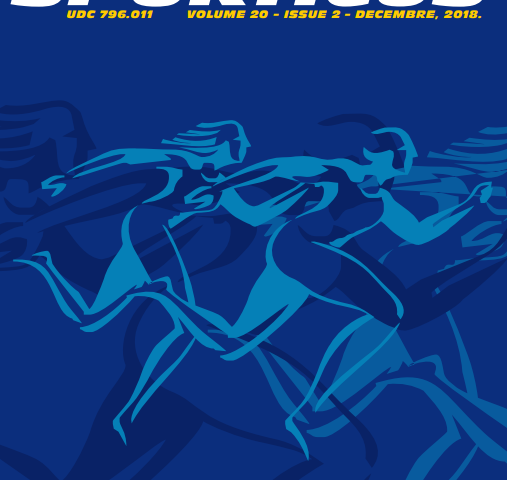Abstract
Thirty-The aim of the study was to examine whether physical characteristics have influence on the status of 13-year-old basketball players in the team. (First team or substitutions, starters or non-starters). The sample participants was made of 20 basketball players (HT=177.35cm±6.73, BM=61.42kg±8.98, average age 13 years and 7 months ±.28, average basketball training experience 4 years and 6 months ±1.15). The sample was divided into 2 groups: 10 players, 5 players from each of two best regional teams, had status of starters. The other 10 players, from same teams respectively, were not from the first team. Using One-way ANOVA, the differences between starters and nonstarters, were examined in the set of anthropometric variables (body height arm span, standing reach height, body weight and percentage of body fat), motor variables (velocity of neuromuscular reaction time, vertical jump, 5 meters sprint, 10 meters sprint, 20 meters sprint, T-test, Zig-zag test, Ball throw from sitting position, Sit-ups for 30 seconds and standing forward bend) and one functional variable (20-M shuttle run test). Starters had better results in the majority of measured and tested variables. It has been concluded that coaches of these two teams chose, taller players for starters who are more agile, explosive, with stronger arms and shoulder girdle as well. Coaches of younger categories of basketball players could use results of the present study as a certain model of physical characteristics for talented 13-year-old basketball players.


